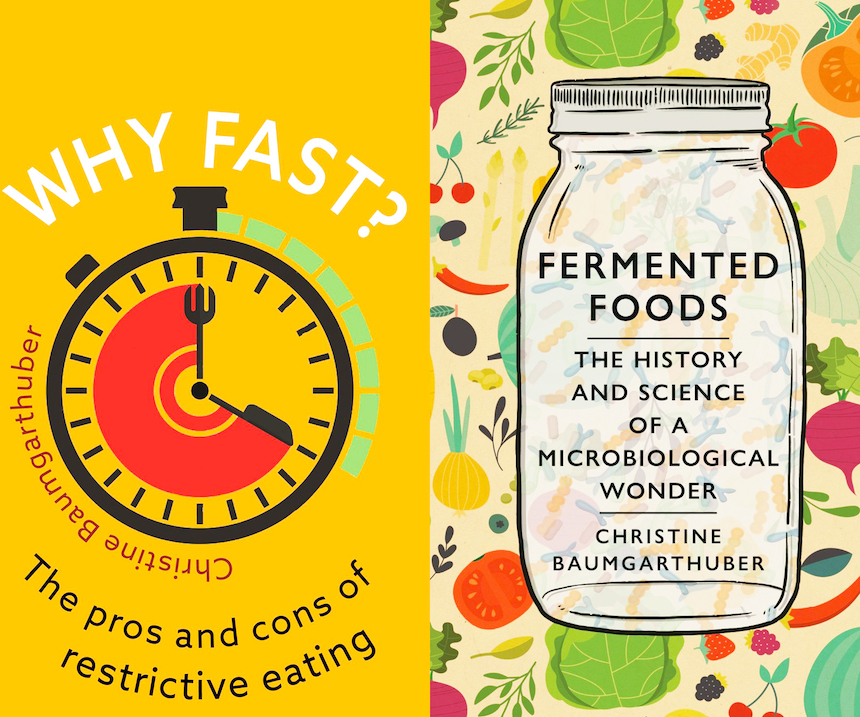Green and round with delicate translucent skin, the tart berries of the gooseberry bush first appear in June.
The plant grows in copses and hedgerows in areas of northern and central Europe; its origins are unknown, however. Pliny mentions it briefly. The plant was valued in the Middle Ages for its cooling properties in the treatment of fevers. But it wasn’t widely cultivated until the sixteenth century, when skilled gardeners in Holland deliberately propagated the gooseberry for eating.
The gooseberry was a great favorite among the poor cottagers of Lancashire. They cultivated numerous varieties of gooseberry from seed in their small garden plots. An 1864 article from the Journal of Horticulture, Cottage Gardener and Country Gentlemen attributes the success of the gooseberry’s “fruit culture” to the “humbler population” of the district who managed to increase the size of their gooseberries. The Journal urges its readers to imitate “the good works of these real cottage gardeners.”
Today there are over two thousand varieties of gooseberry, with berries in all shades of color. Pink, white and yellow gooseberries are just a few of the color variations developed over the past centuries.
Gooseberries are eaten in pies, relishes, puddings and even omelets. Here’s a nineteenth-century recipe for gooseberry preserves, much like the one enjoyed in those humble Lancashire cottages.
Gooseberry Preserves
For every quart of gooseberries, add one pound of granulated sugar, dissolving it in the preserving kettle [a heavy-bottomed saucepan] with as much water as it will take to make a syrup. Let it boil for twenty minutes, skimming well; then put in the gooseberries, and boil five minutes; then set by till the next day, then boil again until they [the gooseberries] have a clear look and the syrup is thick. Put up in jelly glasses, with brandied paper on top.

Would you rather receive The Austerity Kitchen by email? Then sign up for my Substack.
And, if you’d like to help the Kitchen keep cookin’, please consider picking up copies of my books, Why Fast? and Fermented Foods.

